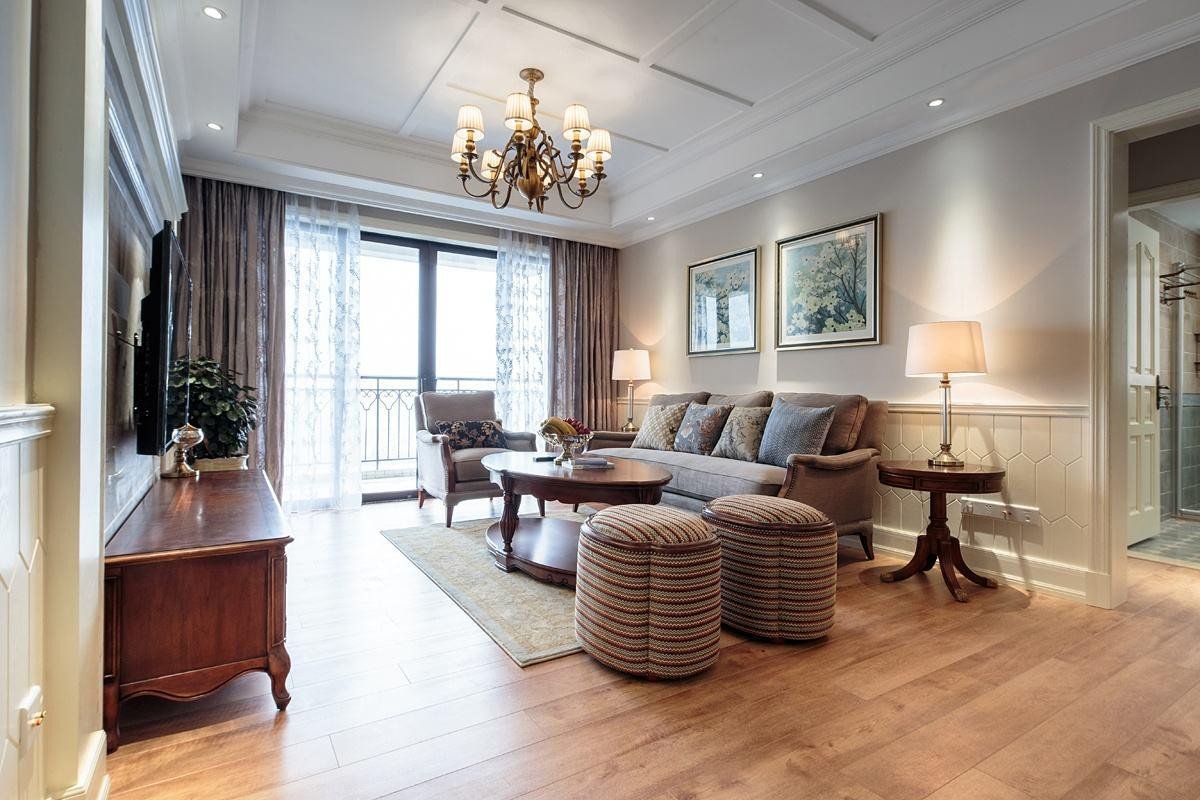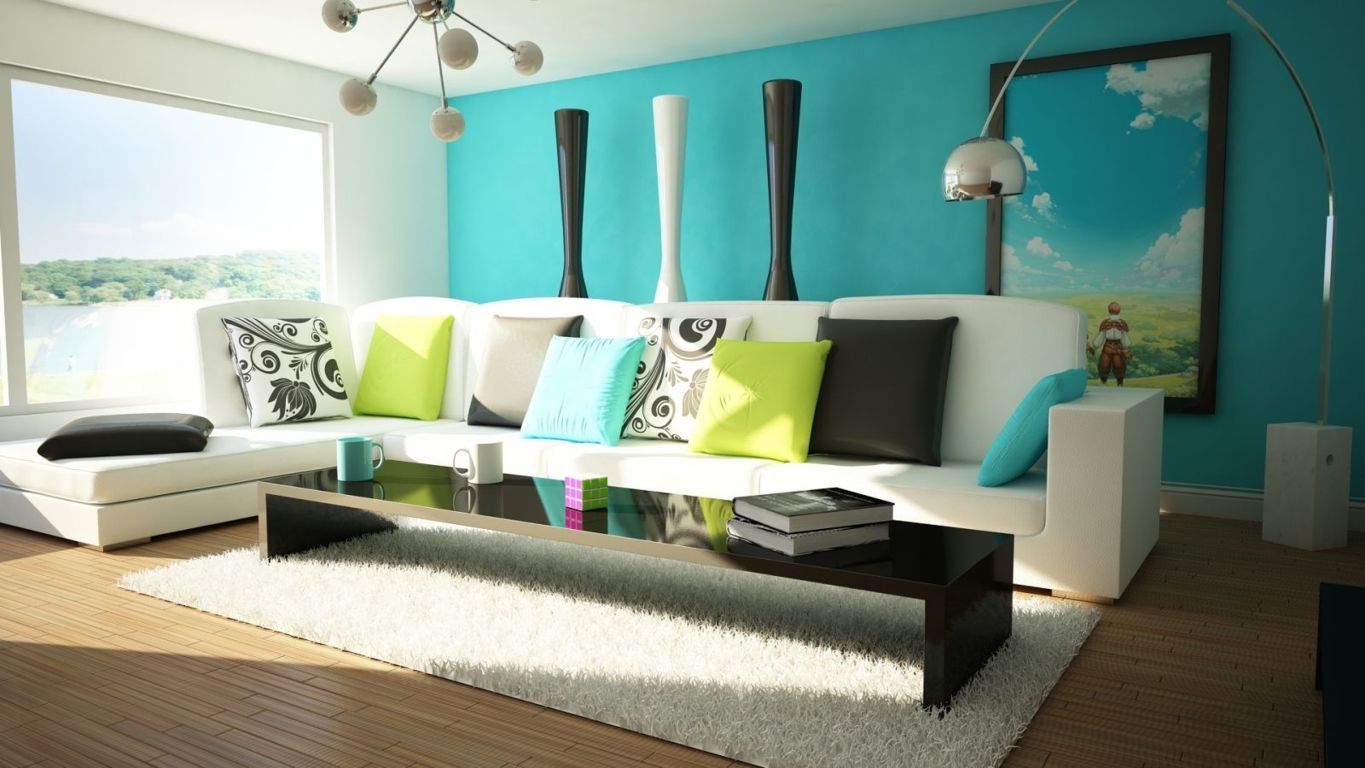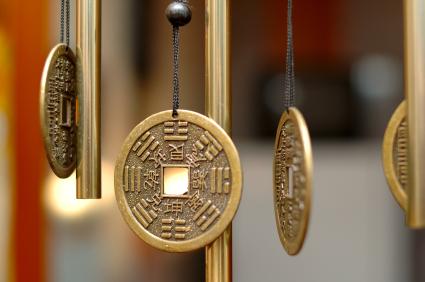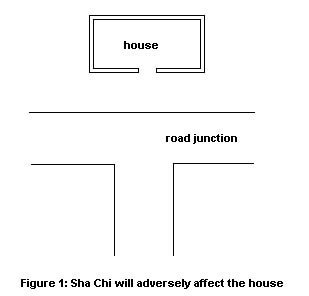No products in the cart.
General Decor Tips by Masons Home Decor, Home Decor
10 Feng Shui Living Room Arrangement Tips
Designing Your Living Toom
Your living room is meant to be a sanctuary of peace and serenity. However, sometimes it becomes the complete opposite. In a valiant attempt to avoid this fate for your living room, most Singaporean host holds take the principles of Feng Shui very seriously. Today, we would like to go through the top 10 practices with regard to Feng Shui and living room furniture arrangement.
Before we begin, let us first understand what Feng Shui is all about. The direct translation from Mandarin to English would actually mean ‘Wind Water’. The Chinese were the first to believe that there is a relationship between the arrangement of space and the kind of energy (be it positive or negative) it brings about. Taking into account the principles of Feng Shui in a particular premise meant that there would be smoother sailing in the life of the people there.

Image Credit: Your Chinese Astrology
1. Feng Shui and Clutter Don’t Go Together
Clutter destroys the serenity Feng Shui aims to achieve. Too many ornaments cluttering your shelves creates a disorganised effect. Keys, toys, and piles of mail left lying around do not help create the desired effect.
Clutter is scientifically proven to have a negative effect on the body and mind. So, eliminate it from an area such as your living room. Look around you and determine which things that you use, need, or love. Let the rest go. Use smart storage solutions that you can find easily online in your living room to pack things away that aren’t in use.

Image Credit: Secure Idm
2. Create the Atmosphere of Light and Air
This principle of Feng Shui is designed to make the room seem bigger and lighter than it is. Often, the living room is not that big, so you must create the effect of size using light and air.
Your living room must receive the maximum natural light possible. To that end, don’t use heavy curtains. Fresh air is also important. A room arranged according to the principles of Feng Shui shouldn’t be stuffy. The strategic use of mirrors also creates an expanded size effect in the room.

Image Credit: Ask the Scientists
3. Focus on Practicality
A Feng Shui living room should be designed for everyday use. It shouldn’t be a room that people don’t use. It must be practically designed and arranged so that it serves its purpose. What do we have living rooms for? They are a place where the family gathers and spends time together. A Feng Shui living room should be no different.
The room should work on a functional level. Beauty at the expense of practicality defeats the object of Feng Shui. Use the room, but make sure to pack clutter away regularly.
4. Utilising the Correct Colours
The dominant colour scheme of Feng Shui is neutral tones such as cream or beige. This should be applied to the walls. It’s advisable to keep your furniture a neutral colour too. Then you can add in colour accents such as cushions, artworks, or rugs. These can be changed easily to create different effects in your Feng Shui living room.
Many people follow the directions of the bagua when they choose the colour schemes for their living rooms. It might be a good idea to investigate this and let it give you some ideas.

Image Credit: Love To Know
5. The Bagua
The bagua is a map of your space which explains where its energy lies. You need to examine and determine the bagua of your home. You can establish where your living room fits into the bagua. Then figure out which Feng Shui elements you need to incorporate in your living room.
For example, if your living room is south facing, you need to use warm colours such as red, orange, yellow, and deep brown. These are all colours that represent the fire and wood Feng Shui elements. Download a copy of the bagua to guide you.
6. Material and Shapes Matter
Feng Shui can be strengthened if you use the right shapes and materials. Again, the bagua is important. If your living room is on the north side of your house, you need to use shapes that match that of the ocean. That’s because this room needs to resemble the flow of water to create good Feng Shui energy.
For a north-facing room, avoid materials such as wood. Wood represents the fire elements of Feng Shui which should be used in a south-facing room. Rather choose metal or glass without sharp corners.
7. Creating the Right Balance
While the principles of the bagua dictate which colours you should be using in a space, you can’t ignore other colours. It’s wise to add small samples of other colours. This is because one of the main principles of Feng Shui is a balance.
The idea is to use colours in a north-facing room that represent the fire and wood Feng Shui elements. However, don’t make them the focal point of the room. The focal point should be the dominant colours the bagua recommends.
8. Furniture Arrangements Matter
Avoid the temptation to arrange the furniture and then fit the features and accents around it. Preparing the other décor elements helps you to establish a good sense of energy and flow in the room. Then you can arrange the furniture around it.
You might need several attempts to get the balance right. Keep the goal in mind: a Feng Shui room is a place where family and friends will feel relaxed and comfortable. Make sure to create conversation areas where people can engage in eye contact with ease.

Image Credit: Feng Shui Prophet
9. Avoiding ‘Sha Chi’
Sha Chi does the opposite of Feng Shui. Where Feng Shui brings positive energy into a room, Sha Chi brings negative energy. It is created by sharp edges.
However, many of the pieces of furniture we use have sharp edges, such as bookcases. That doesn’t mean you need to get rid of your bookcase. Avoid Sha Chi by making sure none of its sharp edges point at the seating area of your living room.
Make play areas in your living room free of sharp corners. Not only will this prevent injuries, but it will also banish Sha Chi from the room.
In Singaporean culture, Sha Chi is also known as the ‘poison arrow’. A common setting in where you could experience such would be like buying a house in the image above. The Chinese in Singapore label this as ‘Chong Lor’.

Image Credit: In 5D
9. Plants
Plants are important for Feng Shui. They add a life force or energy to your room which is an important principle of Feng Shui. Plants purify the air by breathing in carbon dioxide and releasing oxygen. The leafy patterns of plants in a Feng Shui living room add a unique aesthetic and texture to a room.
The Japanese peace lily, succulents, English ivy, and bamboo are examples of plants to use in a Feng Shui living room. Remember to take care of your plants, so that they add positivity and life to your living room. If you are too busy to maintain them, you could consider self sustaining plant arrangements such as terrariums.



 Click to What's App!
Click to What's App!